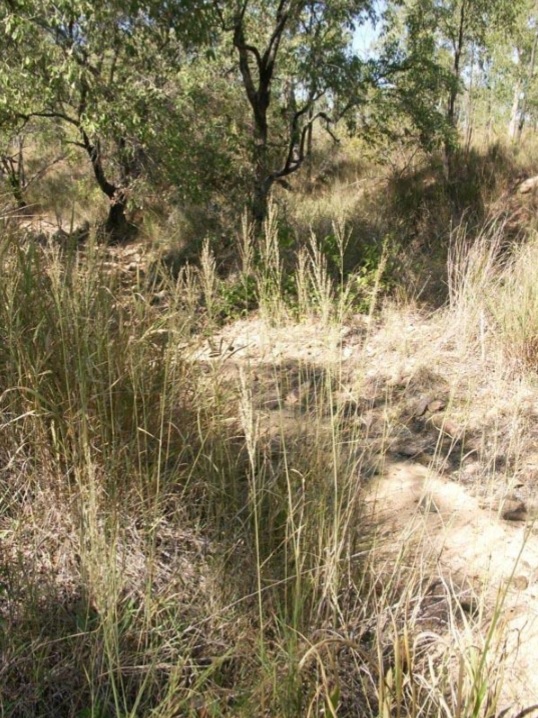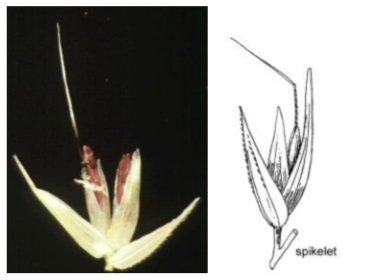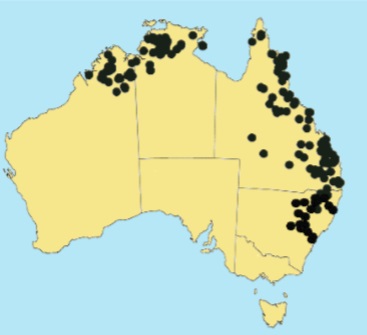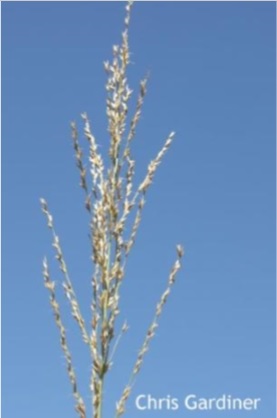Reed Grass – Arundinella nepalensis
Name
Arundinella is from the Latin arundo (a reed) and ella (diminutive suffix), referring to the thin, reed-like habit; nepalensis indicates that the species was originally collected in Nepal.
Description
Arundinella nepalensis is a perennial, grass with rigid, erect stems to 2 metres tall, arising from a thick horizontal rhizome. The inflorescence is a narrow pyramid-shaped panicle, 5–40 cm long.
Distribution and Habitat
This species has a wide distribution and is native to Australia, Africa and Asia. Reed Grass prefers damps sites, growing mostly along creek banks. It is also found in hollows or shallow swamps.
Ecological Notes
It is a valuable native grass for reducing stream bank erosion, therefore is a good species for riparian revegetation sites. It can survive growing in water for a number of weeks.
Propagation
Seeds need to be stored for six months to overcome dormancy.
References
- Gardner CA (1952) Flora of Western Australia Vol. 1, Part 1. In ‘Gramineae’. (Government Printer:Perth)
- Jacobs SWL, Whalley RDB, Wheeler DJB (2008) ‘Grasses of New South Wales (Fourth Edition).’ (University of New England: Armidale)
- Sharp D, Simon BK (2002) AusGrass: grasses of Australia. CD-ROM, Version 1.0. (Australian Biological Resources Study: Canberra, and Environmental Protection Agency: Brisbane)
- Simon BK (1993) ‘A Key to Australian Grasses.’ (Qld Dept Primary Industries: Brisbane)
- Tothill JC, Hacker JB (1983) ‘The grasses of southern Queensland.’ (University of Queensland Press:St Lucia)
Related Pages
Reed Grass © C.Gardiner JCU Townsville 2012




